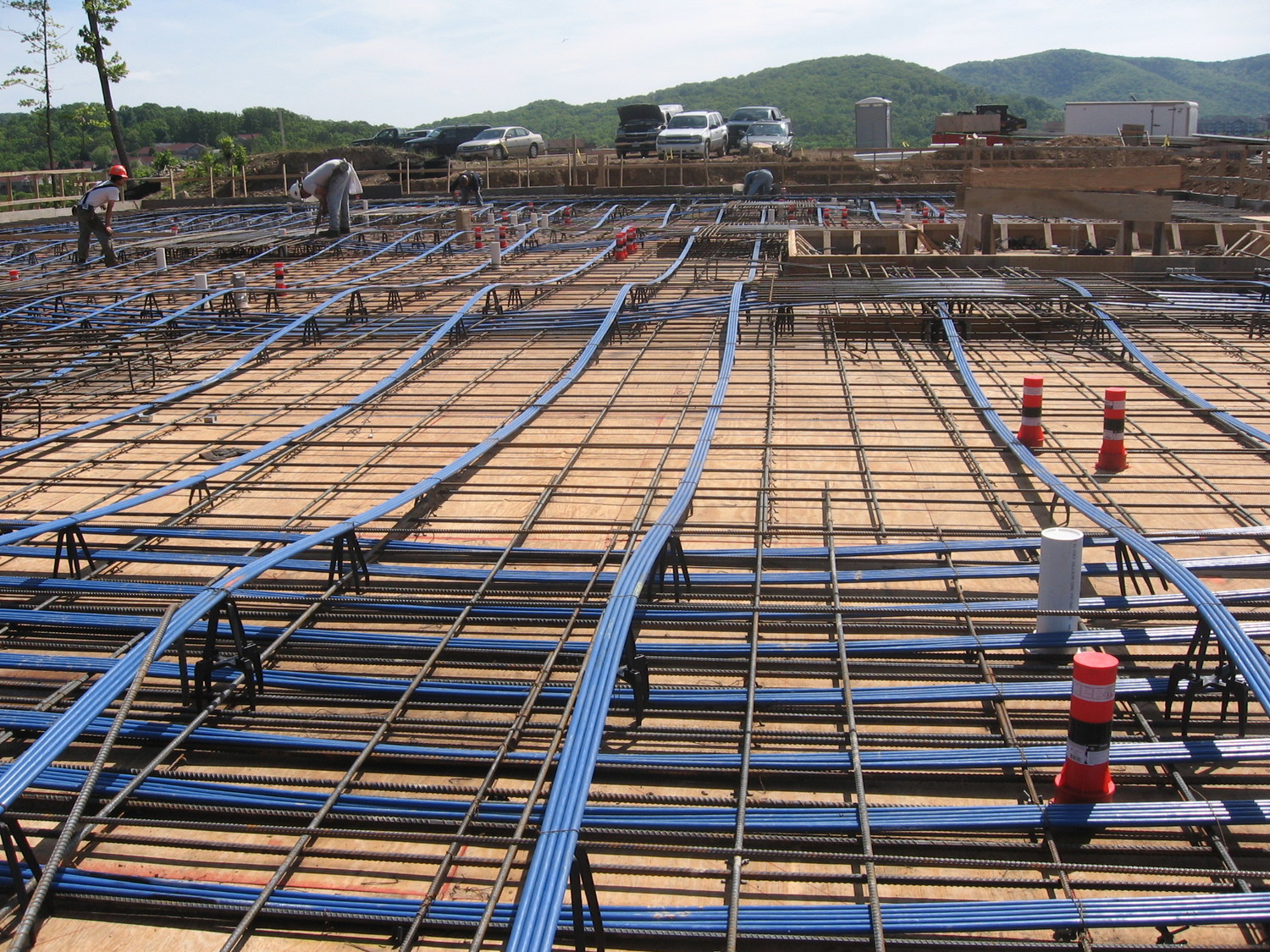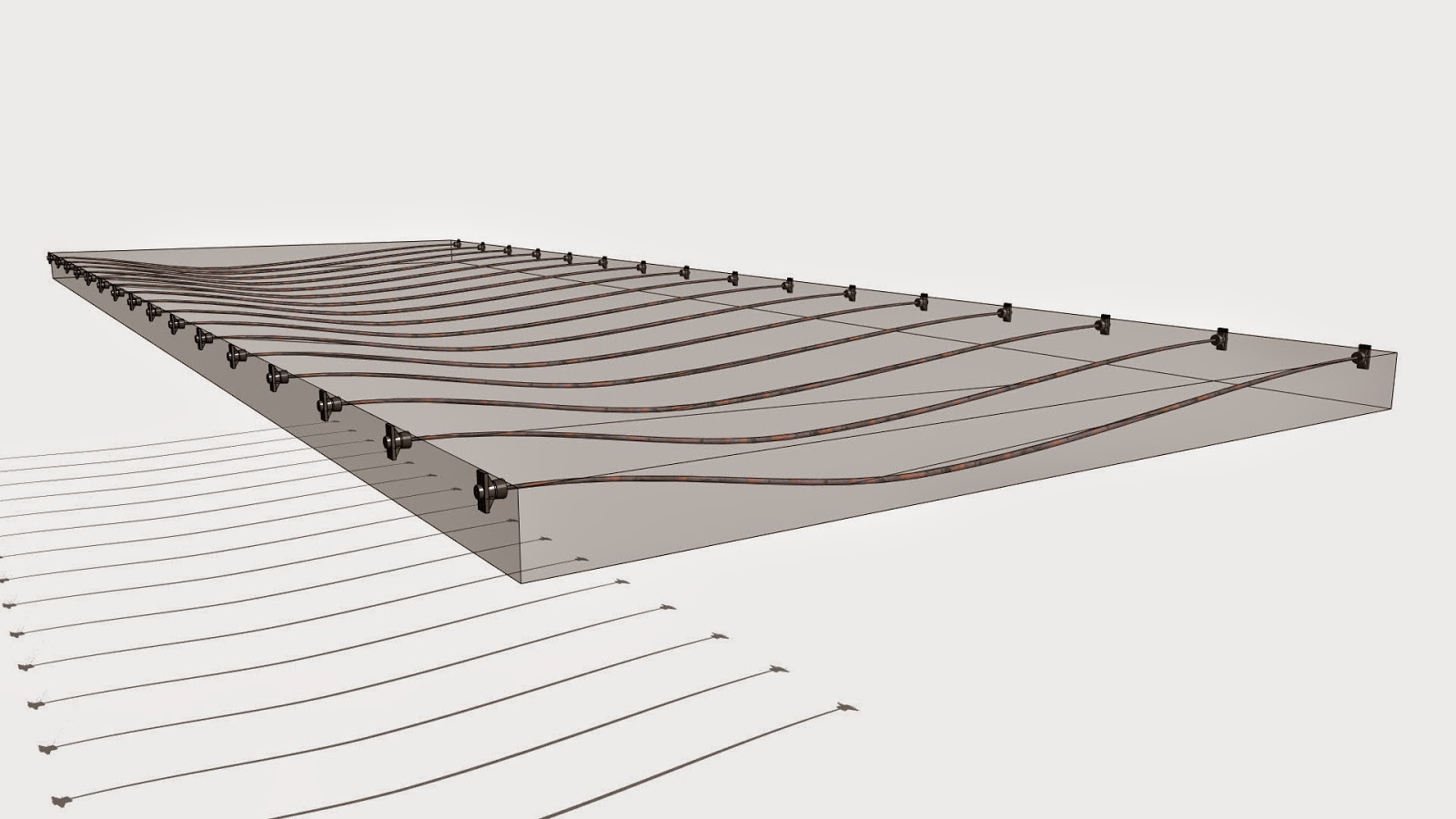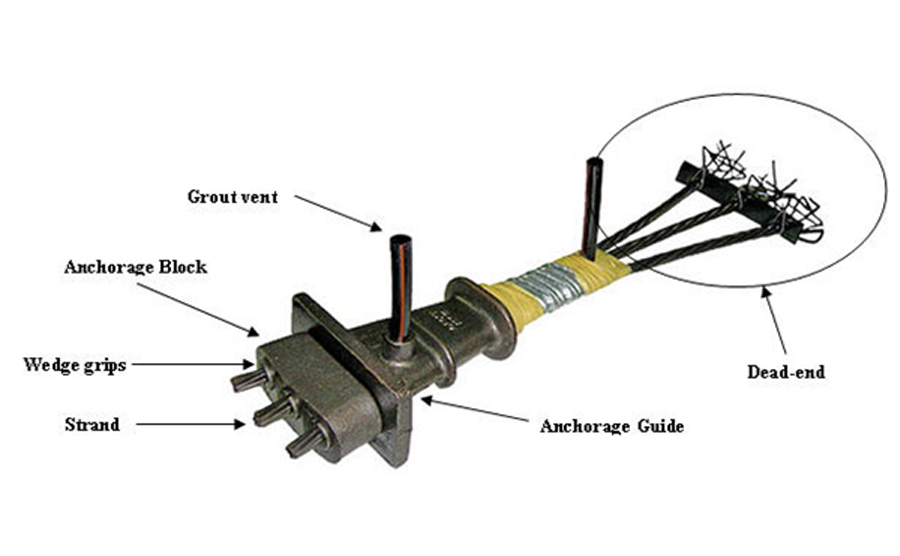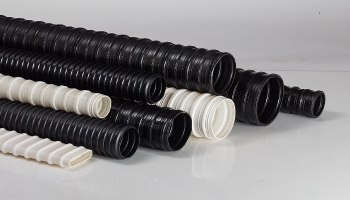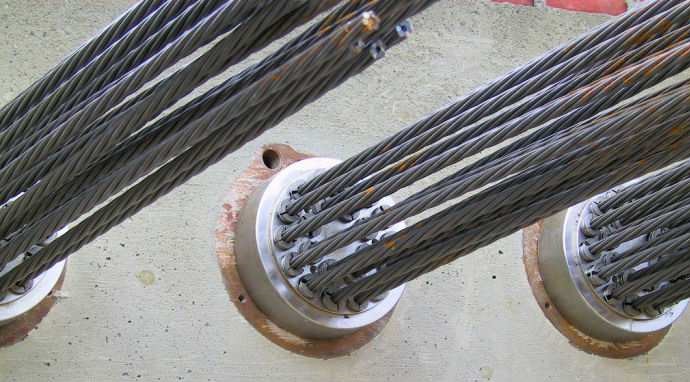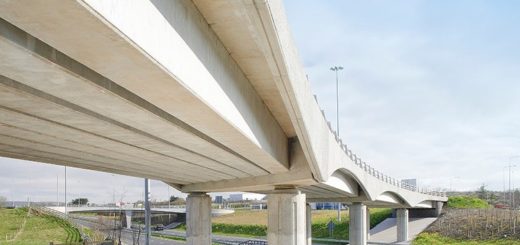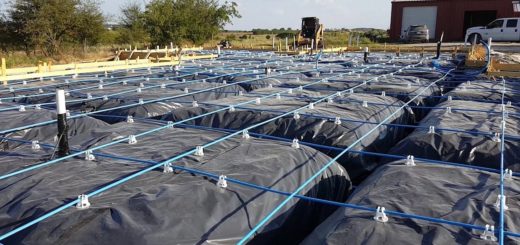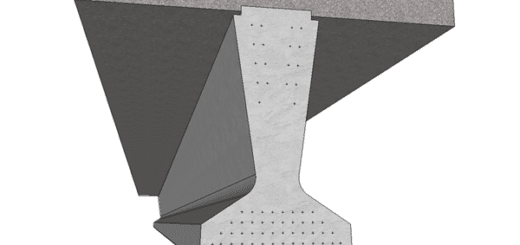Post Tension Concrete Slabs | Overview
As civil engineers, we are increasingly tasked with finding efficient solutions to our construction projects. Post tension slabs offer an ideal solution for a variety of applications, offering enhanced durability, strength and flexibility. In this article, we will discuss the major benefits of post tension slabs, including their increased safety, design versatility and cost-effectiveness. We will also explore some of the considerations that should be taken into account before selecting post tension slabs as the suitable option for a construction project.
Post tension concrete slabs are a type of prestressed concrete, wherein high-strength steel cables or wires are used to apply tension to the concrete slab. This prestressing force helps to counteract the forces of compression that would otherwise act on the concrete. Post tension slabs are typically used in the construction of bridges, parking structures, high-rise buildings and other structures where enhanced durability and strength are required.
How does Post Tension Slab Work
Post tension is special type of slab that is due to the many benefits of it. Further, it works very well with many structural applications. Depending on the application of the post tension, the method of having development is varying.
Arrangement of the tendons in the concrete simply supported beam, continues beam, slab, box girder, etc. are different to each other. The design concept also very with the type of the structure.
Post tension cable are provides in the similar manner as we provide the reinforcement to carry the tensile stresses in the section. Though the design concepts of post tension elements and reinforced concrete elements, they used for the same purpose.
As you can see in the above figure, cable are place close to the bottom of the slab and top of the slab based on the sagging and hogging bending moment developments.
PT slab Construction Steps
The basic steps of the construction of the pt slab is as follows.
- Complete the formwork of the slab
- Lay the bottom reinforcement of the slab which would be specified by the design
- Lay the post tension concrete slab ducts
- Fix the top reinforcement net
- Installation of reinforcement net would be done together with the post tension ducts.
- Install all other MEP amendments.
- Proceed with concreting the after confirmation of the formwork, setting out, reinforcement, ducting arrangement etc.
- After concrete gain the adequate strength, proceed with stressing of the post tension cables.
- Proceed with grouting
Main Component of Post Tensioning
Anchors
Anchor is the main component that hold the tensioned cable. There are different types of anchors, and the type of anchor is varying at two ends.
Ducts
There are different types of ducts. They can be categorized based on the type of material used for the construction. Steel or corrugated pipes are used this purpose. The tendons are runs in these ducts and they should be place as specified in the tendon layout.
Tendons
Major component of the prestressing and post tension is the tendon. Depending on the loads to be applied on the tendons in post tension slabs, area of the tendons are determined.
Advantages of Post Tension Slabs
The major benefits of post tension concrete slabs include their increased safety, design versatility and cost effectiveness.
With regards to safety, post tension slabs offer a number of advantages. The prestressing force applied to the concrete helps to increase its resistance to both tensile and compressive forces. This results in a more stable structure that is less likely to experience cracking or failure. In the event of an earthquake or other catastrophic event, post tension concrete slabs are less likely to collapse, making them a safer option for construction projects.
Post tension slabs also offer increased design versatility. Due to the prestressing force, PT slabs can span greater distances than conventional concrete slabs. This makes them an ideal solution for a variety of construction projects. In addition, post tension slabs can be designed to accommodate a variety of loads.
- Since we can omit the beams, floor to floor height can be reduce. As a result of that cost would reduce.
- Weight of the structure would reduce.
- Less columns allow more spaces without disturbances.
- Low serviceability issues
- Low maintenance
- Sustainable construction
Disadvantages of Post Tension Slabs
- Since this is a specialized work, skill labor and technical staff is required.
- Poor workmanship could lead to failure of construction
- Quality of construction is very important, failure of any construction could lead serious issues.
- Laying of tendons shall be done as specified in the drawings and there are no room for errors.

